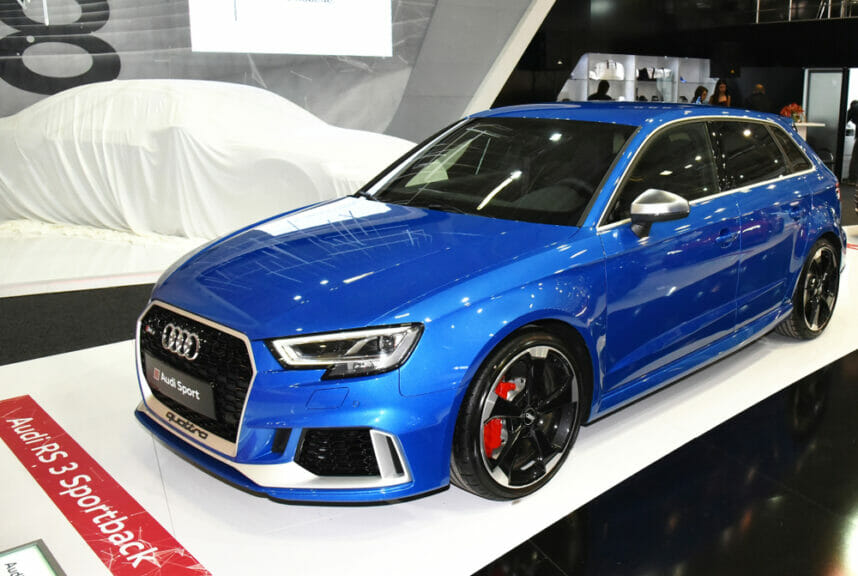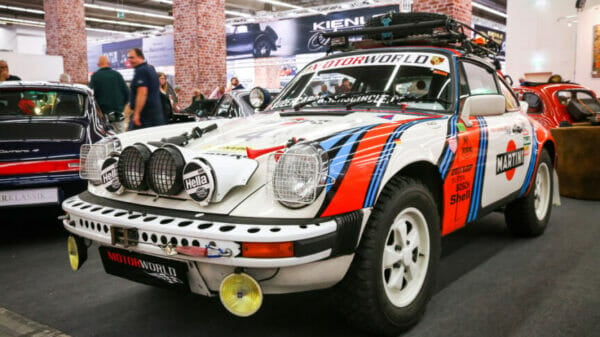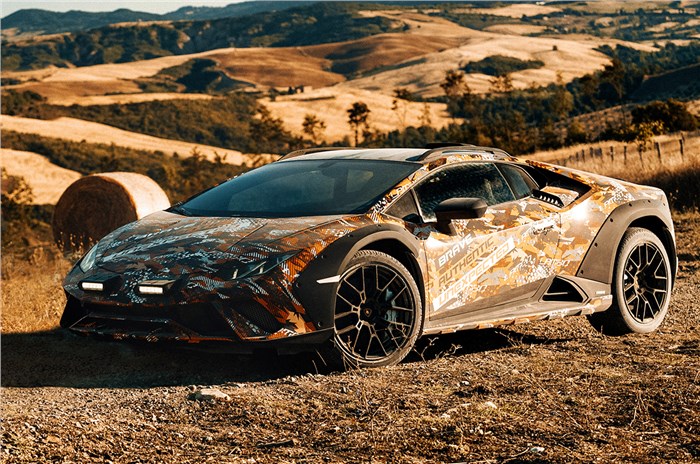The Audi RS 6 Avant stands out as a fascinating car in today’s market with its spacious interior, generous luggage capacity, and a powerful turbocharged 4-liter V8 engine delivering 591 horsepower through an 8-speed automatic transmission. It can accelerate from 0 to 60 mph in just 3.3 seconds and reach a top speed of 305 km/h (190 mph), placing it in supercar territory. However, weighing around 4,497 pounds with a length close to 5 meters, it is quite sizeable. But fear not, Audi has introduced a smaller counterpart, the brand new Audi RS 3 Sedan.
The new Audi RS 3 features distinctive green elements throughout its design, such as seat shoulders finished in Micromata green Dinamica, green accents on the air vent center bar, floor mats with RS logo and green stitching, green-edged seatbelts, carbon atlas matte inlay, and high gloss black center console trim. The cabin is framed by a standard black headliner, enhancing the sporty feel.
Equipped with new and larger front steel brakes with integrated airflow guides, the Audi RS 3 boasts 6-piston fixed caliper front brakes with 375mm (14.8”) discs and single-piston rear brakes with 310mm (12.2”) discs. The calipers come in red as standard, but there is an optional ceramic brake upgrade offering 380mm (15.0”) front ceramic discs, providing powerful braking performance, reducing weight by 22 pounds, and offering enhanced resistance to brake fade due to improved temperature reduction.
Introducing a revolutionary feature on an Audi model, the RS 3 includes the RS Torque Splitter, a significant performance enhancement. The Audi Quattro system now supports the rear-axle differential with electronically controlled multi-plate clutches on each driveshaft, enabling the RS Torque Splitter to distribute drive torque variably between the rear wheels. This innovation enhances stability, particularly on wet surfaces, and improves agility during high-speed cornering.
Image Source: auto-data.net / Shutterstock












